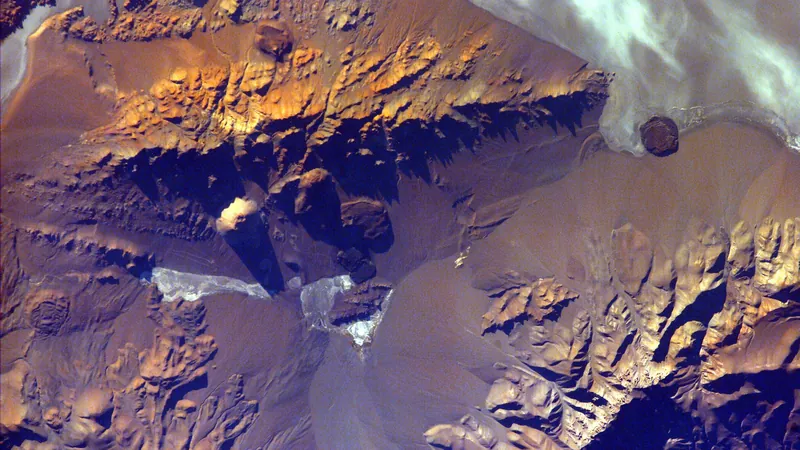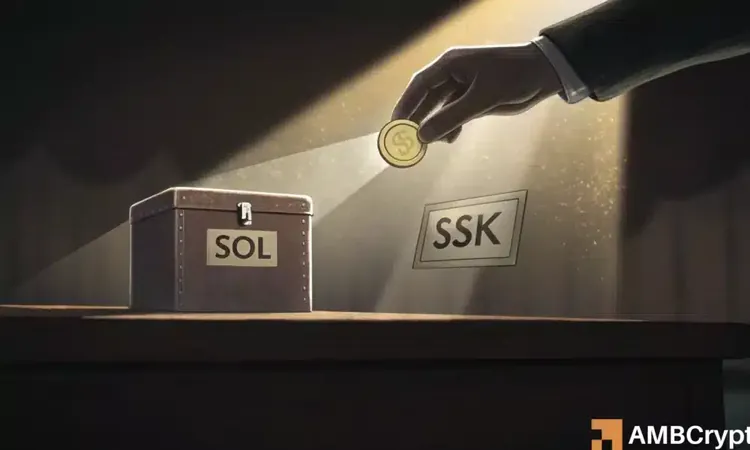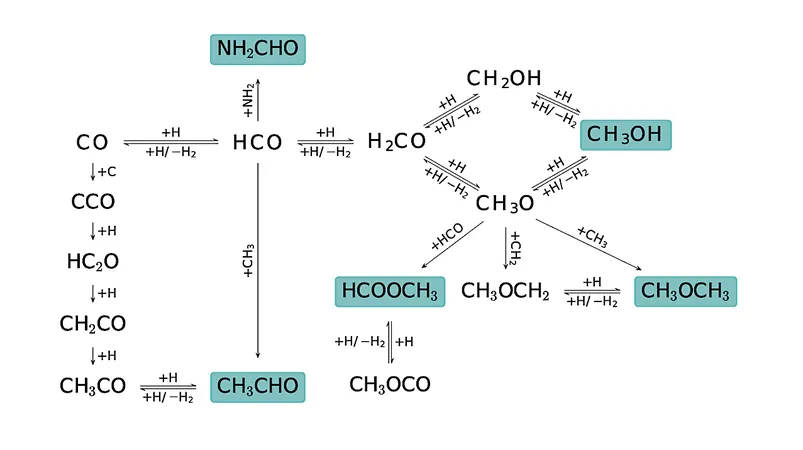
The Contagious Nature of Subduction: How Tectonic Plates Jump Like Epidemics!
2025-06-14
Author: Charlotte
Subduction Zones: The Epicenter of Earth’s Deadliest Disasters
Subduction zones — where one tectonic plate dives beneath another — are the breeding grounds for the most catastrophic earthquakes and tsunamis. But what triggers these perilous zones? A groundbreaking study published in Geology reveals that subduction can spread like a contagion, leaping between oceanic plates in a phenomenon previously thought to be unprovable.
Groundbreaking Findings From an Ancient World
João Duarte, a geologist from the University of Lisbon, emphasizes the significance of this research: "It’s not mere speculation; it’s a well-supported argument anchored in geological history." The study offers a rare glimpse into ancient subduction processes, suggesting that collisions among tectonic plates in East Asia may have ignited the awe-inspiring "Ring of Fire." This vast subduction system now fuels seismic and volcanic activity from Alaska to the southern Indian Ocean.
300 Million Years Ago: The Birth of Continent and Chaos
Imagine China 300 million years ago — a mere collection of scattered islands among the ancient Tethys and Asian oceans. Established subduction zones consumed these oceans, merging the landmasses into a new continent and giving rise to towering mountain ranges stretching from Turkey to China. By 260 million years ago, evidence shows that this subduction phenomenon had begun to pull the adjacent Pacific plate into the Earth’s depths.
Unraveling the Mystery of the "Dupal Anomaly"
Leading author Mark Allen from Durham University describes this geological mystery: "The dying act of those closing oceans might have infected the Pacific plate, compelling it to subduct westward beneath Asia. It’s been sinking ever since." This research identifies what is known as the "Dupal anomaly," a geochemical signature connecting ancient Tethys materials to the volcanic rocks in the western Pacific — akin to finding a fingerprint at a crime scene.
The Mechanism Behind the Spread: A Tectonic Ripple Effect?
Yet how does this subduction spread? The researchers speculate that transform faults, where plates slide against one another, may serve as weak spots that destabilize dense oceanic crust when collision angles shift, leading to its descent. Duarte likens this to aluminum foil in water: "The foil floats, but even a slight tap can make it sink." This analogy underscores the fragility of tectonic stability.
What’s Next? The Atlantic Ocean in the Crosshairs?
If subduction can propagate in this manner, could the seemingly tranquil margins of the Atlantic Ocean be next? The catastrophic 1755 Lisbon earthquake suggests that early stages of subduction could already be occurring there. Duarte believes parts of Iberia and the Caribbean might be on the verge of this tectonic transformation: "In 100 million years, a new Atlantic 'Ring of Fire' may emerge — just as it once did in the Pacific." The future of oceanic tectonics may hold more surprises than we ever anticipated!









 Brasil (PT)
Brasil (PT)
 Canada (EN)
Canada (EN)
 Chile (ES)
Chile (ES)
 Česko (CS)
Česko (CS)
 대한민국 (KO)
대한민국 (KO)
 España (ES)
España (ES)
 France (FR)
France (FR)
 Hong Kong (EN)
Hong Kong (EN)
 Italia (IT)
Italia (IT)
 日本 (JA)
日本 (JA)
 Magyarország (HU)
Magyarország (HU)
 Norge (NO)
Norge (NO)
 Polska (PL)
Polska (PL)
 Schweiz (DE)
Schweiz (DE)
 Singapore (EN)
Singapore (EN)
 Sverige (SV)
Sverige (SV)
 Suomi (FI)
Suomi (FI)
 Türkiye (TR)
Türkiye (TR)
 الإمارات العربية المتحدة (AR)
الإمارات العربية المتحدة (AR)